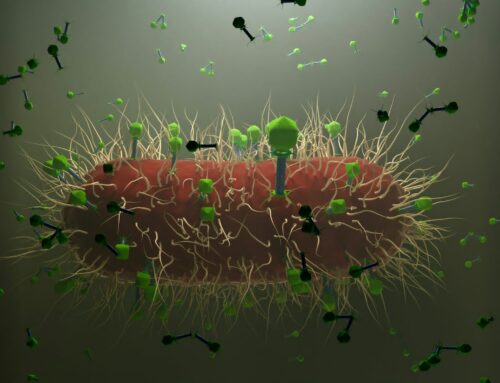We follow public media, which is fully packed with political debates, pamphlets, declarations and arguments. These are all signals from individuals (or groups of people or organizations) to other individuals or consortiums. The information networks are comparable to the transfer of movements or information on the microbiological microscale.
In microbiological growth cultures, there is an incessant transmission of molecular messages going on. For what reasons are there quorum sensing or other forms of molecular communication going on in this invisible world? – In the case of the human body system, we take it self-evident that countless neuronal, hormonal, immunological, and other vital signals fill up the “information space”. But what is the point concerning the bacteria and other unicellular organisms or other microbes? The answer is rather self-evident. There is remarkable dynamism in microbial cell groups or communities based on these microscale signals. And they also interact with the host body system.
That kind of interaction is a sign of “cooperation” between individuals. This universally spread exchange of information and messages is facilitating the success of microbial societies. For example, it enables joint degradation of substrate macromolecules by soil microbiota. It combines the metabolism strengths of the individual members of the communities. This form of collective activity makes the circulation of materials possible in the environment. The clichéd concept of “survival of the fittest” may be traceable in some instances, but the best outcome for the survival efforts of the microbial community, i.e. the various strains together, springs out of seamless cooperation.
Apropos! Could we learn anything from the microbes? They do not necessarily fight for success in solitary battles, as it has been often mistakenly described in biology. Nature is not always a battlefield. Instead, in real life, microbes often send signals of their readiness to cooperate within the same species or between different ones.
Any microbiological community tends to find ways for this kind of liaison. For example, there are as many microbial strains in the desert ground as in the rainforest soil. The potential is in the versatility and diversity. And constructive communication leads to cooperation and structural ecosystems such as biofilms.
In our body system, the “microbe state” comprises of at least as many individual cells as human body if not more1. Consequently, the corresponding information network mediates many chemical, physical, gaseous and other signals. The microbiome does not sleep.
When it comes to pathogenicity, it seldom is the case that any microorganism turns out to be solely a pathogen; it is said that the diseased human condition has a microbial aspect in 95% of the incidences. Most often, these are connected with an upheaval of the balance in the microbial community or mixed-up signals.
In a parallel fashion, if humans wish to pertain their place in society – or keep a healthy “cell state” as their physical being or home, they need to support the balance. Microbiological imbalances lead to various unfavorable statuses, from stress to listeriosis or salmonellosis to Alzheimer’s or Parkinson’s. They are all examples reflecting intestinal or other dysbiosis or imbalance, where shaken microbiome constitution maintains a sick state.
The number of irritable bowel syndrome (IBS) and disease (IBD) is growing everywhere, regardless of society or geography. A critical factor behind these figures is the continuous stress of human minds. Our hormones and other molecular communication between the microbes and their host provoke these disturbances.
However, as any desert has the potential or promise in its soil for fertile growth, the diversity of microbiological ecosystems provides ground for healthy humans and ecosystems, as well as sustainable food production and industries.
by E. Elias Hakalehto, PhD, Adj. Prof. (Universities of Helsinki and Eastern Finland)
Microbiologist, Biotechnologist
CEO, Finnoflag Oy
Vice President (Europe and Africa), International Society of Environmental Indicators
Copyright Elias Hakalehto and Finnoflag Oy
Published on 27th of July, 2023
Edited by Dr. Vladimir Jakovljevic (Microbiome Power)
References:
- Sender R, Fuchs S, Milo R. Revised Estimates for the Number of Human and Bacteria Cells in the Body. PLoS Biol. 2016 Aug 19;14(8):e1002533. doi: 10.1371/journal.pbio.1002533. PMID: 27541692; PMCID: PMC4991899





